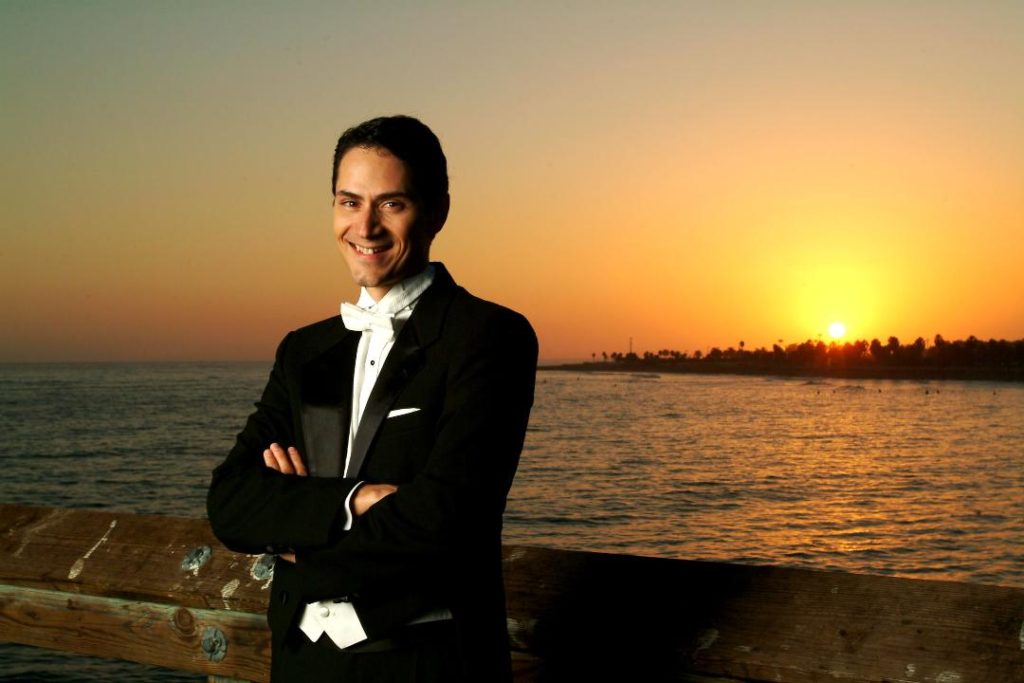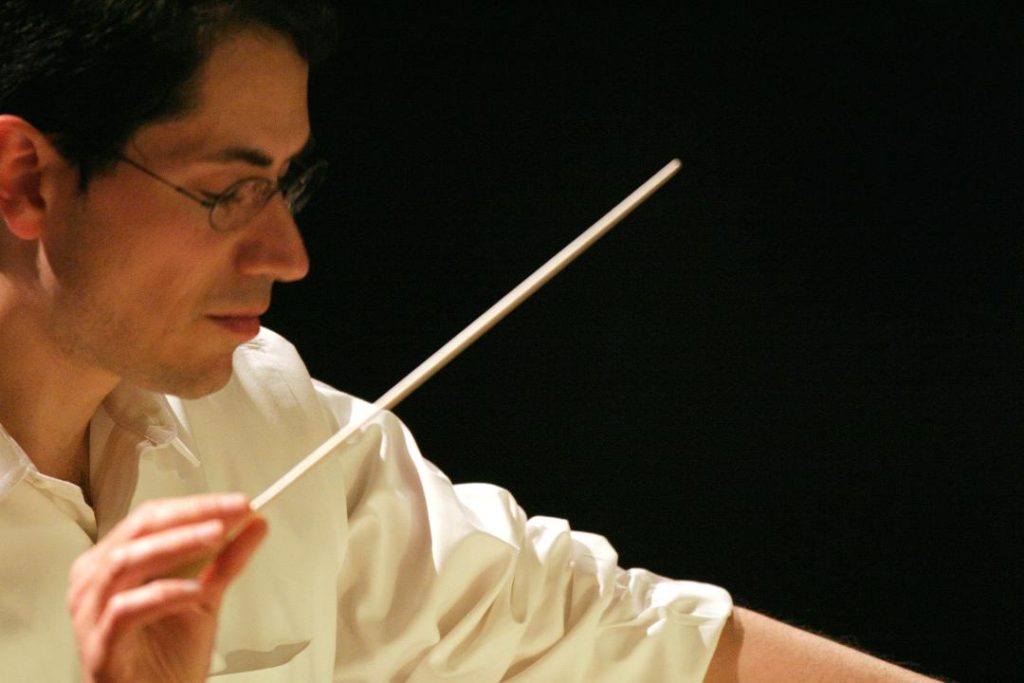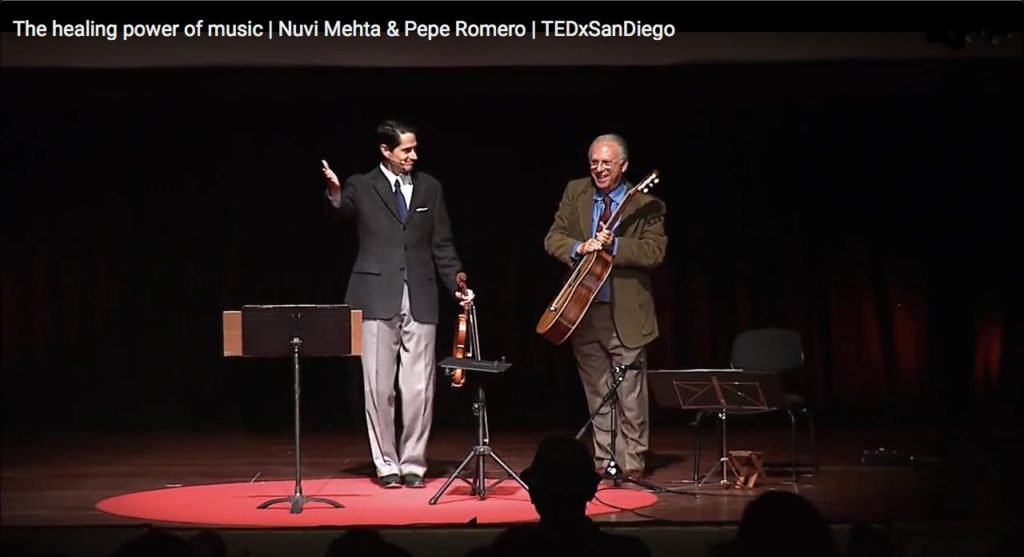
Tell us about your background – how did you become the “Voice of the San Diego Symphony”?
For 10 years after college, I was a violinist with the San Diego Symphony. During that time I continued to study conducting, which I had done during grad school, and eventually had a few small orchestras I conducted and could no longer keep my violin position in the SDS. SDS hired me to conduct some outreach education concerts just as my own storytelling concerts were being written, and I approached the orchestra to see if they would like to have someone in that capacity full time.
As a professional violinist, actor, and conductor how are these roles different? How are they the same?
I find the roles of violinist and actor to be similar in many ways: In both, one seeks to pull audiences into the story quickly and deeply and hold them there, which means a searching for the truths of where each note (word) is going and navigating emotions through time. Both require memory, focus, concentration, flexibility and the more comfortable you are with your tools, the more freedom you can bring to performance. In both cases we most often play off others to create the story. These are all true about conducting, as well.

As someone who creates in many different ways what is your favorite creative outlet and why?
Poetry these days. I don’t know why. Poetry also uses the language, and is musical – i.e. the same marriage. Writing is, of course, primary behind any speech. I have always written poetry casually, but the virus shut down has given me time to focus on it again.
Do you ever get nervous? What makes you the most nervous?
Always. But it is a tingling and an anticipation of the wave I hope to ride together with the audience. No nerves at all, and look out for a flat performance.
What was the best advice anyone ever gave you?
Believe.
Tell us about your process for getting ready to make the “Zap! Boom! Pow! Superheroes of Music” videos –
Open the text, and, since there will be music with it, listen to the musical performance, to get a sense of pace. Record the text and listen back (to how bad it is) Rerecord in pieces until the story (pacing) is there. Not too difficult for short narrations, but that is my process for longer narrations, stage roles (especially dialects) violin pieces – everything.

